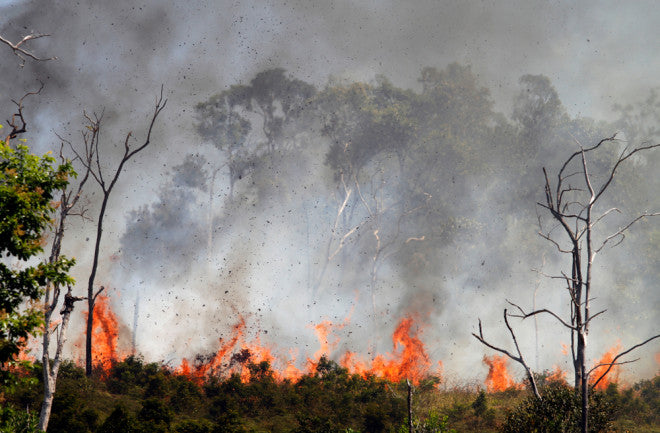
As wildfires continue to rage in Canada
Milan SafetyShare
CHECK FOR SAFETY PRODUCTS
Respiratory Problems and Health Impacts
Smoke from wildfires primarily consists of fine particles called PM2.5, which are of particular concern for health, according to the Environmental Protection Agency (EPA). Breathing in smoke can trigger short-term respiratory issues such as coughing, wheezing, and difficulty breathing. It can also worsen asthma and cause irritation to the sinuses, throat, and eyes. In more severe cases, exposure to smoke has been linked to heart attacks, stroke, lung cancer, and cognitive impairments.
Increased Vulnerability for Certain Groups
While anyone can be affected by wildfire smoke, certain individuals are at a higher risk. Older adults, pregnant women, children, infants, and those with pre-existing heart or lung conditions, including asthma, are more likely to experience negative health effects if exposed to wildfire smoke.
Monitoring Air Quality and Wearing Masks
Monitoring air quality is crucial in determining the safety of outdoor activities. Pay attention to warnings from the National Weather Service and local public health agencies. Websites such as AirNow.gov provide color-coded indexes indicating hazardous levels of air pollution and suggest appropriate outdoor activity. Utilize apps like AirNow and Air Quality Reader to stay informed about local air quality conditions.
Wearing the right mask can offer protection against smoke. The EPA recommends using a "particulate respirator" approved by the National Institute for Occupational Safety and Health (NIOSH) with "NIOSH," "N95," or "P100" printed on it. GET THE MASK NOW The mask should have two straps and fit securely around the face. However, masks do not protect against chemicals, gases, or vapors and are primarily designed for low hazard levels. Individuals with heart or lung problems should consult their doctor before using respirator masks.
Improving Indoor Air Quality
While staying indoors can reduce exposure to smoke pollution, outdoor contaminants can still enter indoor spaces. To improve indoor air quality: